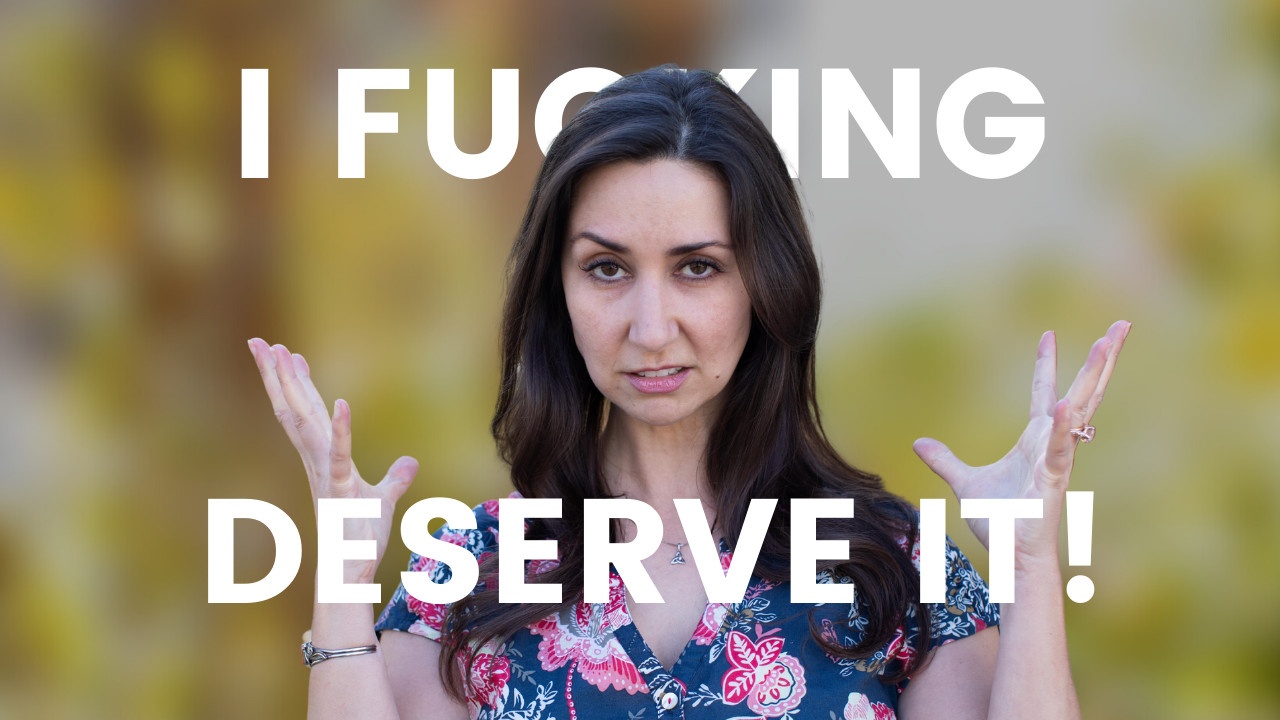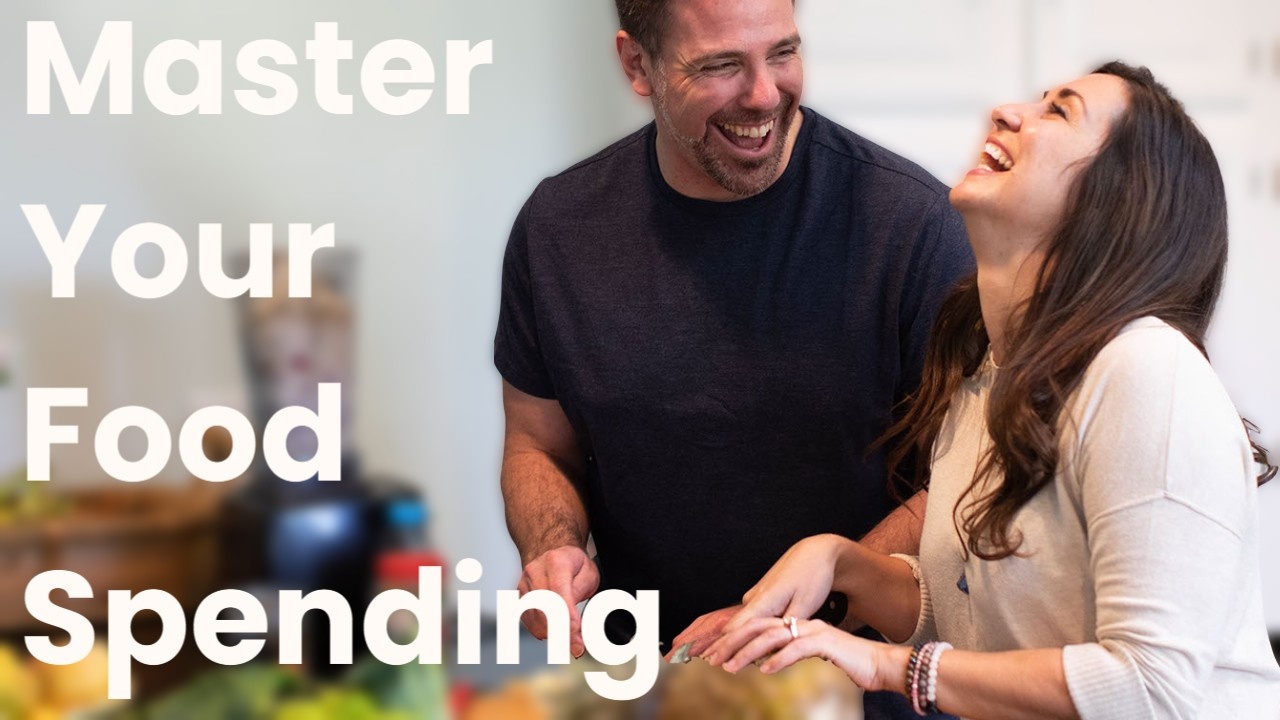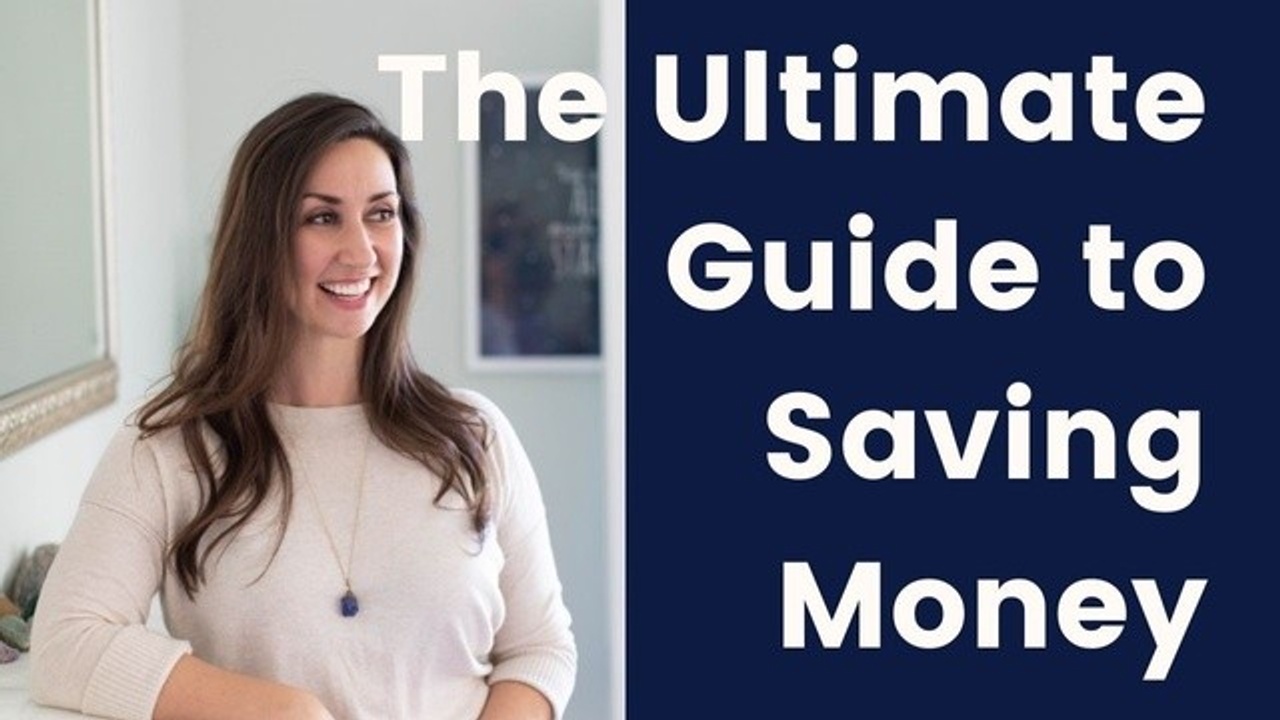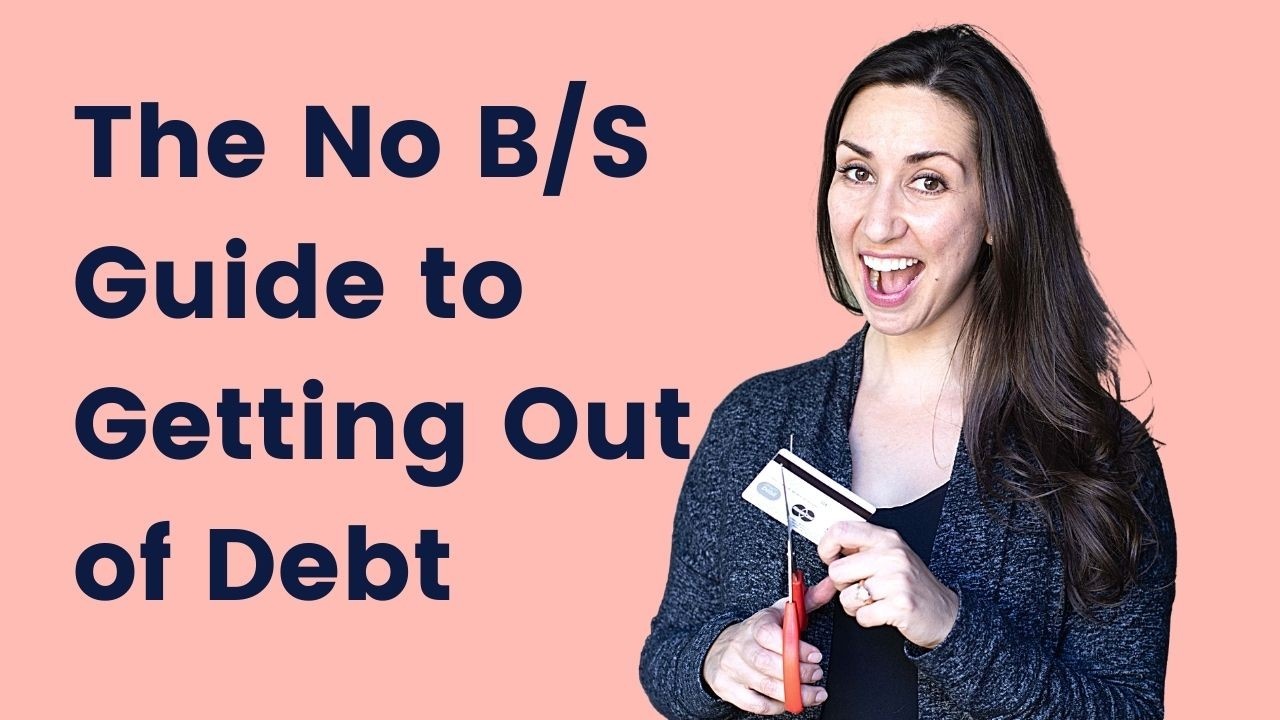
How to Break Emotional Spending Habits and Addictions
 Morgan Garon, Money Coach; Emotional Spending
Morgan Garon, Money Coach; Emotional Spending
Emotional spending is just one of many of our go-to habits when we want to feel better. So many of my money coaching clients have said “I deserve it!” when justifying a recent purchase. I’ve felt it and said it many times myself! clients use that exact language to express these feelings. What’s all this intensity about? When you stop and think about it, our spending decisions get tangled up in a whole lot of emotions. When we’re stressed out we find any possible way to self-soothe even if we do so unconsciously.
And it works! At least at first. Buying new Apple earpods or a new purse boosts our dopamine and other brain chemicals, offering instant relief to our emotional discomfort. For that moment at least, we feel better.
What is emotional spending and why does it happen?
Your emotions can be loud, bold and multi-faceted. Overspending can be a reaction to any kind of emotion, including stress, anger, sadness or even happiness. You can even “revenge-overspend” to get back at your partner. Spending can come in any container and shape of emotion.
Both negative and positive life events can lead us to either self-soothe or celebrate. The event could be a milestone like a birthday or graduation. But, it could also be just one of those days where you’ve had a fight with your spouse or a hard week at work. If you react to these events in a healthy way, you’ll experience relief and move forward. But when your reaction leads to intensified feelings or only temporary relief, you probably weren’t addressing the underlying need you were trying to satisfy by spending. This leads to a cycle of overspending which kicks in when your emotions overheat.
Our emotions reveal our unmet needs. When we spend to suppress the emotion, we rarely deal with the underlying need.
On top of existing stressors, we’re also dealing with a pandemic, widespread isolation and great uncertainty. These added dimensions dial up the speed and intensity of our stress/spending cycles.
Raising Your Point of Awareness
When you start noticing this, take a moment to check in with yourself. Are the feelings you’re experiencing triggering greater spending? If so, the first thing to do is to raise your point of awareness. That is, train yourself to recognize emotional spending earlier and earlier in the cycle.
Stage 1: After the emotional spending
When we’re starting out, we’ll notice emotional spending after we’ve already spent the money (if we ever notice at all.) We were only gonna get toothpaste and paper towels in Target but we walked out with Godiva chocolates and a bottle of wine. How did we end up spending $300? We feel heavy and guilty, like we’re in a spending hangover. At this moment, divert your mental train tracks. Instead of spiraling into a tunnel of self-loathing, re-route your emotional ride through openness and self-compassion. Recognize that these buying impulses have origins in stress and emotional challenges.
Examine your feelings about the spending. What emotions preceded the spending? Sadness, loneliness, boredom? This is easier to tease out in some cases than in others. Sometimes you may not make the connection until years later. Some people rack up substantial amounts of debt before they even realize they have a spending issue.
Stage 2: During the emotional spending
As your self-awareness improves you’ll be able to recognize the warning signs of emotional spending earlier. Before whipping out your debit card, you’ll ask yourself whether this purchase is a need or a want. At this point you can make a conscious decision whether to hit the pause button or go through with the purchase. Either way, identify the emotion or the situation that’s driving you to spend.
Sometimes the actual need you’re trying to satisfy requires little or no money at all. You may not need a luxury vacation or a new car. Underneath those urges you might actually be yearning for love, attention, rest, space or connection. When you recognize the underlying need, the impulse to spend can subside long enough for your rational mind to kick in.
When you find yourself filling up your Amazon cart absentmindedly, check in with your feelings. Pay attention while it’s happening. Give yourself credit for this growing awareness. In the past you wouldn’t have even noticed it. Noticing it is a big deal.
Stage 3: Before the emotional spending
As you get better at identifying these connections between your emotions and your spending, you’ll eventually be able to bypass the whole exercise. Once you see it coming take a moment to acknowledge the strong emotions you’re feeling and what situation is triggering those emotions. Visualize yourself making the purchases and imagine how it will feel during and after the purchase. Consider the financial impact this purchase might have on your goals. Examine the underlying needs you’re trying to satisfy through this purchase and think of other ways you can meet those needs.
Continue to increase awareness and you’ll start to catch yourself before you reach for your debit card. That doesn’t mean you won’t still do it. But you’ll be making an intentional decision. You step into an empowered state free of guilt and regret. Once you interrupt the cycle you gain greater emotional satisfaction.
“You can never get enough of what you don’t need because what you don’t need won’t satisfy you” Dallin H. Oaks.
Negative emotions cause us to react. Often the reaction is to push the emotion away. However, if that continues, we are bound to repeat the cycle over and over (spending more and more money in the process). But instead, if you look at the underlying need you can actually move forward and grow.
How to raise your awareness with your emotional spending
I always recommend that you track your spending. While you’re at it, you can make a note about related emotions in the memo field of your financial tracker. For example, what was happening right before your last Amazon-bender? Compare the spending you did to how you feel. How can it connect with a deeper, more fulfilling need?
Tracking these habits and emotions can help you understand behavior and motivations that might normally be hidden from us.
Always come from a place of self-compassion as you increase your awareness of emotional spending. Raise your point of awareness for emotional spending by paying attention to patterns that arise.
I predict that many of us will see these patterns cropping up a lot in the form of a COVID “snapback spending.” I had a feeling it was going to happen. Now I’m seeing it. We’ve been cooped up and there’s pent-up desire for consumption. We haven’t bought clothes, visited family, traveled or eaten out in so long!
Now that we’re starting to get some glimpses of freedom people are ready to go! Tune in and be aware of whether you’re overspending to compensate for unmet emotional needs.
Did you like this article? Get the latest personal finance articles from Vibrant Money by subscribing to our weekly newsletter!
Enter your email address below to sign-up.
We will never sell your information, for any reason.









